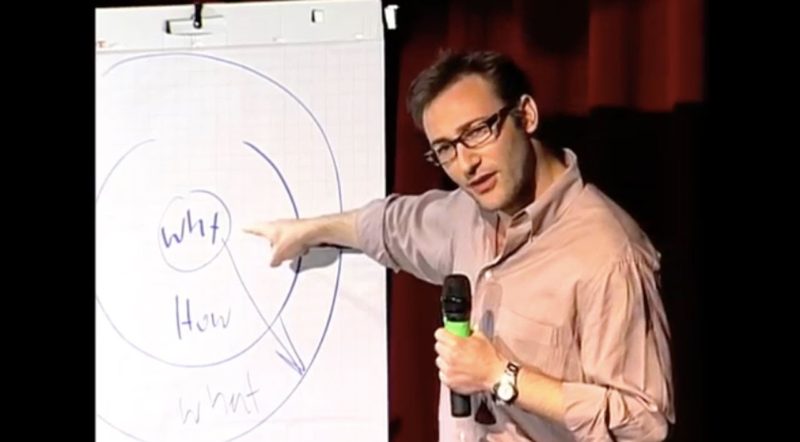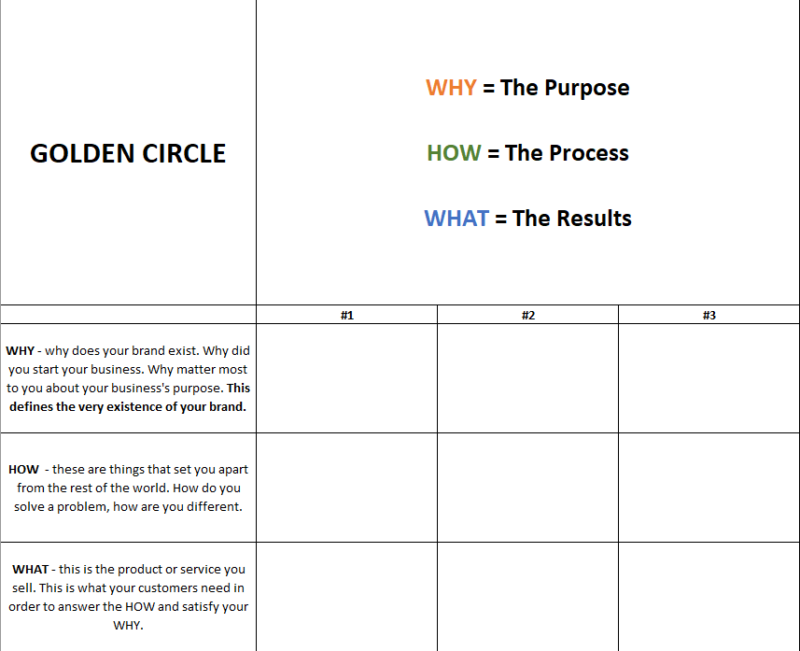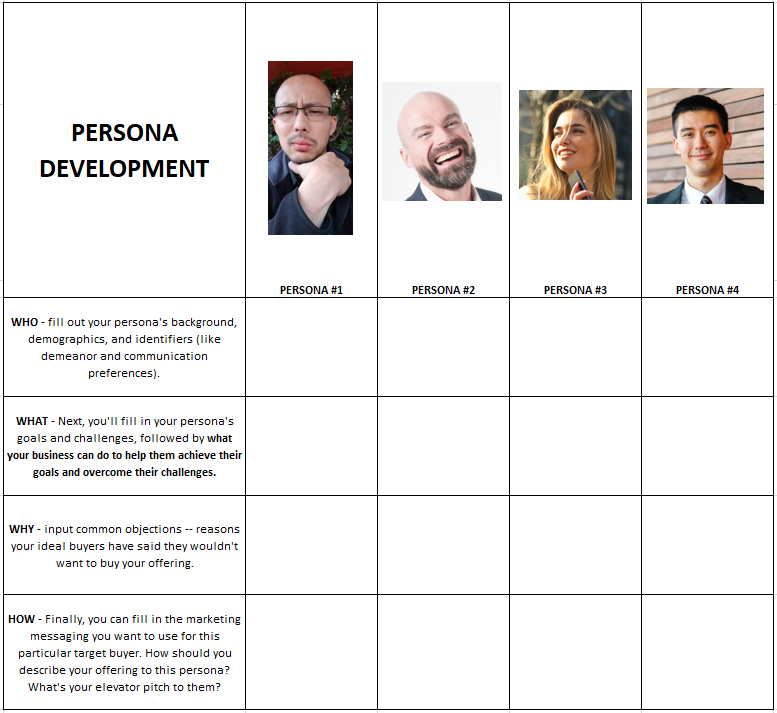Local independent businesses struggle with Facebook marketing primarily because they lack an effective strategy.
When I talk to local businesses, there are two common things they tell me.
I’m a small business owner and have no one to run my Facebook ads.
OR
I’ve tried Facebook ads before and it didn’t work for me.
These are very common answers I get. But there are so many businesses out there who are generating leads and sales from Facebook. Surely there must be a way to make it work. And you would be 100% correct.
Before we move further into this article, I would like to reinforce that Facebook advertising works.
It’s a fact that not all local businesses understand how to leverage social media networks to grow their business. You shouldn’t. Because Facebook updates their policies so frequently — it’s impossible for a business owner to focus on the company and keep up with changes in the advertising industry.
While there are plenty of specific tactics on the internet, they usually focus on one component of the total social media marketing strategy.
So, when a client comes to us, we often hear things like “We tried using so-and-so’s tactic and it didn’t work as well as we expected.” I’m seldom surprised by this reaction. That’s because it’s a challenge to connect the dots as a local business. There’s just too much information out there to process and piece together every Facebook tactic.
If you’re wondering how you can build the best Facebook marketing strategy on social media for your local business, we’ve got answers.
Derek Chew, CEO of Fullmoon Digital and digital marketing lead generation expert, has brought a different way of thinking into internet marketing.
Local businesses need to look no further than the Golden Grid.

What is Derek Chew’s Faceook Golden Grid Strategy?
The strategy itself is rather straight forward.
But the reason why the golden grid Facebook marketing strategy is effective in that moves targeted segments of customers down the funnel from awareness to consideration to engagement.
It’s like the Simon Sinek’s Golden Circle and 3×3 Ad Grid having an all-star baby!
Let’s be honest, most strategy and tactics are not new. Everything is repackaged to sound different and almost scientific. But they aren’t.
The key to success is knowing which tactics work well together to build your brand awareness, social engagement, and converting to a sale.
To be successful in Facebook marketing, you need to know what tactics you can combine that complement each other for the best results.
Here’s your first hint; the first step doesn’t start with selling.
Derek’s 3 steps to Facebook strategy for small businesses
You cannot generate sales if you don’t have a targeted message. You can’t create relevant marketing Facebook ads if you don’t know your target audience. And you won’t know who your target audiences are if you don’t know what your brand’s purpose is.
In this article, I will walk you through the 3 pillars of creating your best Facebook ad strategy.
Let’s dive in.
Step #1: Use the golden circle to define your purpose
The golden circle is the brainchild of Simon Sinek. According to Wikipedia,
Simon Oliver Sinek is a British-American author, motivational speaker and organizational consultant. He is the author of five books, including Start With Why.
Simon is not a marketer by trade. But his principles of starting with why is taking the business world by storm — because it make sense. And it’s challenging the way of traditional business mindset by asking WHY first instead of WHAT.
Forget the neocortex, limbic system or dopamine. I’ll simplify it for you so you can do this for your business.
Your PURPOSE.
Simon popularized the concept of starting with why.
Most businesses jump into the WHAT immediately. Whether you are selling a service or product, the reason you immediately start creating ads with “what you can offer” message — to generate sales. But that won’t get you far as a brand.
You probably heard somebody tell you Facebook ads is a great social network to promote your business to get new clients.
Your next step, predictably — you start watching hours of tutorial videos on how to create Facebook ads.
You throw some images together and push “publish.” Then crickets…your Facebook campaign did not generate sales. But you are not a quitter. So you continue testing new ads week after week. After six months of trying Facebook ads, you throw in the towel.
What ends up happening is FOMO kicks in and you feel like if you don’t participate in Facebook ads, then your business is bound for doom. While marketers want you to believe in that, it’s far worse if you’re jumping into Facebook advertising without a proper strategy.
As I mentioned earlier on, many local businesses do not have a clear understanding of Facebook’s advertising platform, algorithm, tricks and features to maximize its potential and utilize to drive leads and sales.
You’re just diving into the over saturated marketplace and being just another business.
It’s time to try something different and turn things around.
Combining the golden circle with the 3×3 ad grid to create your ever green content
Videos do very well on Facebook. So I’ll use videos as our content type.
In the left column of the template below, you have the three pillars of the golden circle — why, how, and what. There’s a description for each to guide you.
For each row of each pillar, write different versions for each why, how, and what.
This is a template or worksheet to write down your thoughts. You will use these as your outline for the videos you’ll be recording.
Simon’s model requires your business to find one for each – why, how, and what. In our template, you will create three – each slightly different.
As Dennis from Blitzmetrics suggests, each of your videos should be around 1-minute long.
By the end of this exercise, you will have nine amazing video content you can use in Facebook. Each video should be unique. With 3 different why videos, 3 how videos, and 3 what videos, you can test which story performs the best!

Start with the why—this is your business’s passion and your stories. There is always a story or history as to why you started your business.
Here’s an example (Window Replacement):
Why #1 -> The business owner remembered how expensive it was to replace new windows in their home; and drove them into opening a window company to help others with more affordable replacement windows.
Why #2 -> A business owner may recall the time when they were working for a window company right out of college and how that experience so much that they drove them to open their own window replacement company.
Why #3 -> The business owner may have volunteered on a mission trip to build homes in third-world countries. And through that discovered purpose in their lives and that experience drove them to open a business to continue helping families with their window replacements.Each why video should be unique from the rest. By creating 3 different why videos, 3 how videos, and 3 what videos, a local business is able to test which type of story performs the best!
Repeat the same process for How and What.
By telling your story, customers will develop trust and emotional connection with the why of your business. They will connect on a deeper level with your brand, which is the entire objective of your video. In this way, the why video’s role is to explain your local business, develop a relationship, and connect your story and brand.
Why 3 and not 4, 5 or 10? Great question.
You can do as many as you want. It can be a 3×5, 5×5, or whatever.
But we keep the number at 3×3 because it’s reasonable, manageable, and truthfully, it’s a small commitment of time for any local business.
You want three variations because you will be testing your videos against the persona types you created in step #1 above.
Some clients we work with prefer to use articles or blog posts instead of videos. That’s perfectly fine if that’s the format of content your audience is engaging with.
Use whatever content type your audience consumes — it’s the path of least resistance as you get used to running Facebook ads. Once you are comfortable and consistent with your Facebook ads, then move on to different types of content, ad formats, and try new segmentation ideas.
Step #2: Persona Development
Now that you’ve combined the golden circle with your 3×3 ad grid, both which are independent tactics – you are ready to supercharge your Facebook ad strategy.
And you this by developing your ideal customer type – or personas.
The process of persona creation asks similar questions — why, what, why, and how — but it serves a different purpose. These questions are designed to build your ideal customer by identifying their demographic, interest, behavior, pain points, and other details.
Many business get think persona is a group of people. It’s not. The premise of a persona is the basis for you to create a personalize message for that individual, it just happens to be thousands of similar individuals in your community.
The template below is a fairly simple guide. You can copy this to create personas for your local business.
For this article, I just named it persona #1 through #4. But you should have fun with the names and come up with creative names based on profile.

This step will force you to hone in on your ideal customers. You might think that everyone living in your community can be your customer — that’s not accurate. There is not a single local business that caters to everyone — that’s the beauty of a diverse community.
It’s important for you to attract the right customers to your business. If you run a plumbing business that could mean homeowners (not renters or apartments) who live within a 10 mile radius of your business. And you could get more granular by adding types of homes and household income your business caters to.
At Fullmoon Digital, even though we help businesses of all sizes, we have define specific industries and businesses we focus on. Who we help is important to us because we understand the market, customers, and know how to get the traffic, engagement and sales businesses look for.
You increase your odds of converting a lead to a paying customer if your Facebook ads are targeted to the right person with the right message at the right time. That’s powerful.
Some of the local businesses I work with tell me they can serve anyone — while that’s true, it’s not ideal.
Why? You are wasting your time with prospects who will never become a customer. It’s part art part science to define your businesses’ target personas. That is why you need to spend some time in this step, after defining your 3×3 grid in step #1.
As a business owner, time is a resource you cannot afford to waste.
And the time you invest in defining your personas is the best use of your time if you want to succeed in Facebook marketing strategy for your business.
Step #3: Ad creation grid, launching, and improving
Let’s put this together.
Because the input comes from the golden circle and the 3×3 grid, I call this the golden grid.
This template is the culmination of your efforts from defining your purpose and creating the videos for your Facebook strategy.
Since you’ll have three videos for each pillar, you’ll run a total of 12 Facebook ads for each why, how, and what.
That’s a total of 36 highly targeted and relevant ads you’ll run in your Facebook strategy.
Most local businesses are happy if they have one or two videos as part of their Facebook strategy. But that’s because they do not have a process to follow — lucky for you, we have a proven method you can use for your business, allowing you to build your brand’s awareness more strategically.
I want to clarify something here. What you are essentially doing is testing 3 why videos against 4 persona types. You’re not creating 12 videos.
Conclusion
Review your Facebook ad performance and surgically focus in on the best performing ads for each pillar.
Over time, you will produce a well-oiled, fine-tuned, laser-focused Facebook funnel that will continue to increase awareness for your brand, get you more traffic, and turn into more customers and sales.
When you can address the why, how, and what of their business, and combine it with the 3×3 ad grid, you’re able to effectively sequence your social traffic and ultimately convert views into sales — and create loyalty.
Your final takeaway
- Remember to spend time defining your business why, how, then what.
- Create the most relevant stories whether in video, articles, or audio.
- Develop your personas. I suggest a maximum of four so your Facebook ads can be tested with a reasonable size of users.
- Put it altogether into the golden grid and launch!
Now armed with the strategy your business need, you can start dominating your Facebook social presence with increased brand awareness, engagement, and conversions.

